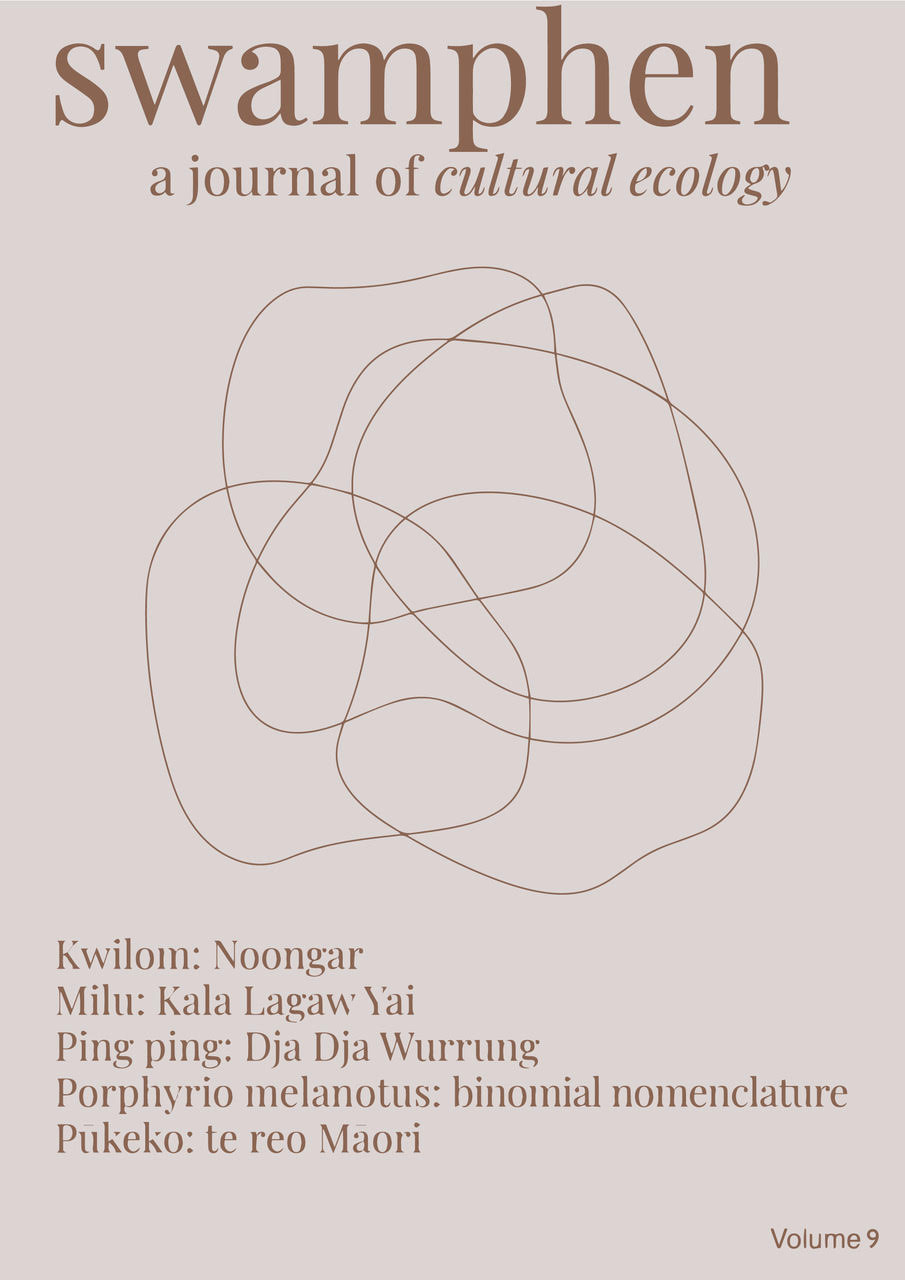Listen Deep to Subterranean Kinfrastructures
DOI:
https://doi.org/10.60162/swamphen.9.17539Keywords:
infrastructure, waterscapes, Sydney, deep listening, kinAbstract
This letter – addressed to the people of Sydney – contains an invitation. As a collection of reflections and thoughts it relates to four core ideas. (1) Urban undergrounds like tunnels, drains, and caverns, are vibrant and nourishing places. They are ecosystems and they are habitats. Undergrounds also present generous opportunities to consider parts of their city that are often made out-of-bounds. The cultural richness of the subterranean city can evoke a profound kind of connection for a city’s people. (2) I affirm that people can connect more meaningfully to a city by engaging in processes of listening to their city. More specifically, I refer to the practice of ‘deep listening’ to undergrounds. (3) Enacting this sonic connection can be mediated by planning that responds to the ‘cry for the right to the city’. (4) The infrastructures that thread into and amongst undergrounds often provide opportunities for nonhuman life to thrive and is so doing necessitate responsibility for humans to care for these infrastructures as kin especially when they are damaged by pollution or degradation. Water flows underneath cities. It flows through gutters into drains, pipes, and canals. It flows, often unseen, and even more often with voices unheard. This letter prompts stillness and reflection of these voices.
Downloads
Published
Issue
Section
License
Authors who publish with this journal agree to the following terms:- Authors retain copyright and grant the journal right of first publication with the work simultaneously licensed under a Creative Commons Attribution License that allows others to share the work with an acknowledgement of the work's authorship and initial publication in this journal.
- Authors are able to enter into separate, additional contractual arrangements for the non-exclusive distribution of the journal's published version of the work (e.g., post it to an institutional repository or publish it in a book), with an acknowledgement of its initial publication in this journal.
- Authors are permitted and encouraged to post their work online (e.g., in institutional repositories or on their website) prior to and during the submission process, as it can lead to productive exchanges, as well as earlier and greater citation of published work (See The Effect of Open Access).

